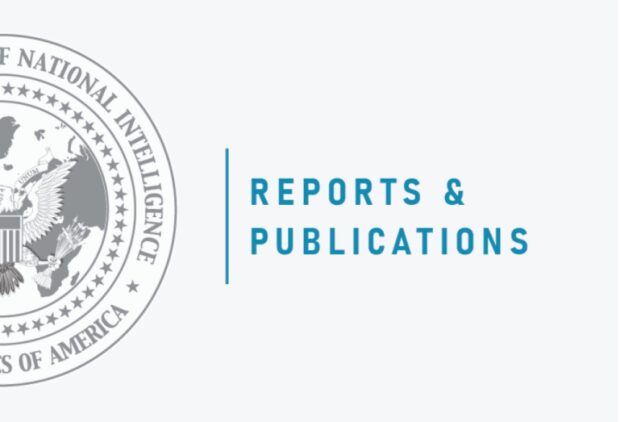The U.S. has now collected 510 reports of Unidentified Flying Objects, or Unidentified Aerial Phenomena as they are called in the report just issued by the Office of the Director of National Intelligence, many of which are flying in sensitive military airspace.
While there’s no evidence of extraterrestrials, they still pose a threat, the government said in a declassified report summary released recently.
Last year the Pentagon opened an office, the All-domain Anomaly Resolution Office, solely focused on receiving and analyzing all of those reports of unidentified phenomena, many of which have been reported by military pilots. It works with the intelligence agencies to further assess those incidents.
The events “continue to occur in restricted or sensitive airspace, highlighting possible concerns for safety of flight or adversary collection activity,” the Office of the Director of National Intelligence said in its 2022 report.
The classified version of the report addresses how many of those objects were found near locations where nuclear power plants operate or nuclear weapons are stored.
The ODNI preliminary assessment on UAP discussed 144 UAP reports and had an
information cut-off date of 05 March 2021. Since then, AARO received a total of 247 new UAP reports. An additional 119 UAP reports on events that occurred before 05 March 2021, but were not included in the preliminary assessment, have been discovered or reported after the preliminary assessment’s time period. These 366 additional reports, when combined with the 144 reports identified in the preliminary assessment, bring the total UAP reports catalogued to date to 510.
Since its establishment in July 2022, AARO has formulated and started to leverage a
robust analytic process against identified UAP reporting. Once completed, AARO’s final
analytic findings will be available in their quarterly reports to policymakers. AARO’s initial
analysis and characterization of the 366 newly-identified reports, informed by a multi-agency process, judged more than half as exhibiting unremarkable characteristics:
- 26 characterized as Unmanned Aircraft System (UAS) or UAS-like entities
- 163 characterized as balloon or balloon-like entities
- 6 attributed to clutter.
Initial characterization does not mean positively resolved or unidentified. This initial
characterization better enables AARO and ODNI to efficiently and effectively leverage resources against the remaining 171 uncharacterized and unattributed UAP reports. Some of these uncharacterized UAP appear to have demonstrated unusual flight characteristics or performance capabilities, and require further analysis.
The majority of new UAP reporting originates from U.S. Navy and U.S. Air Force
aviators and operators who witnessed UAP during the course of their operational duties and
reported the events to the UAPTF or AARO through official channels. Regardless of the
collection or reporting method, many reports lack enough detailed data to enable attribution of UAP with high certainty.
But the office is also tasked with reporting any movements or reports of objects that may indicate that a potential adversary has a new technology or capability.
The Pentagon’s anomaly office is also to include any unidentified objects moving underwater, in the air, or in space, or something that moves between those domains, which could pose a new threat.
ODNI said in its report that efforts to destigmatize reporting and emphasize that the objects may pose a threat likely contributed to the additional reports.
The full 12-page report can be accessed here.
Sources: Office of the Director of National Intelligence; VOA

